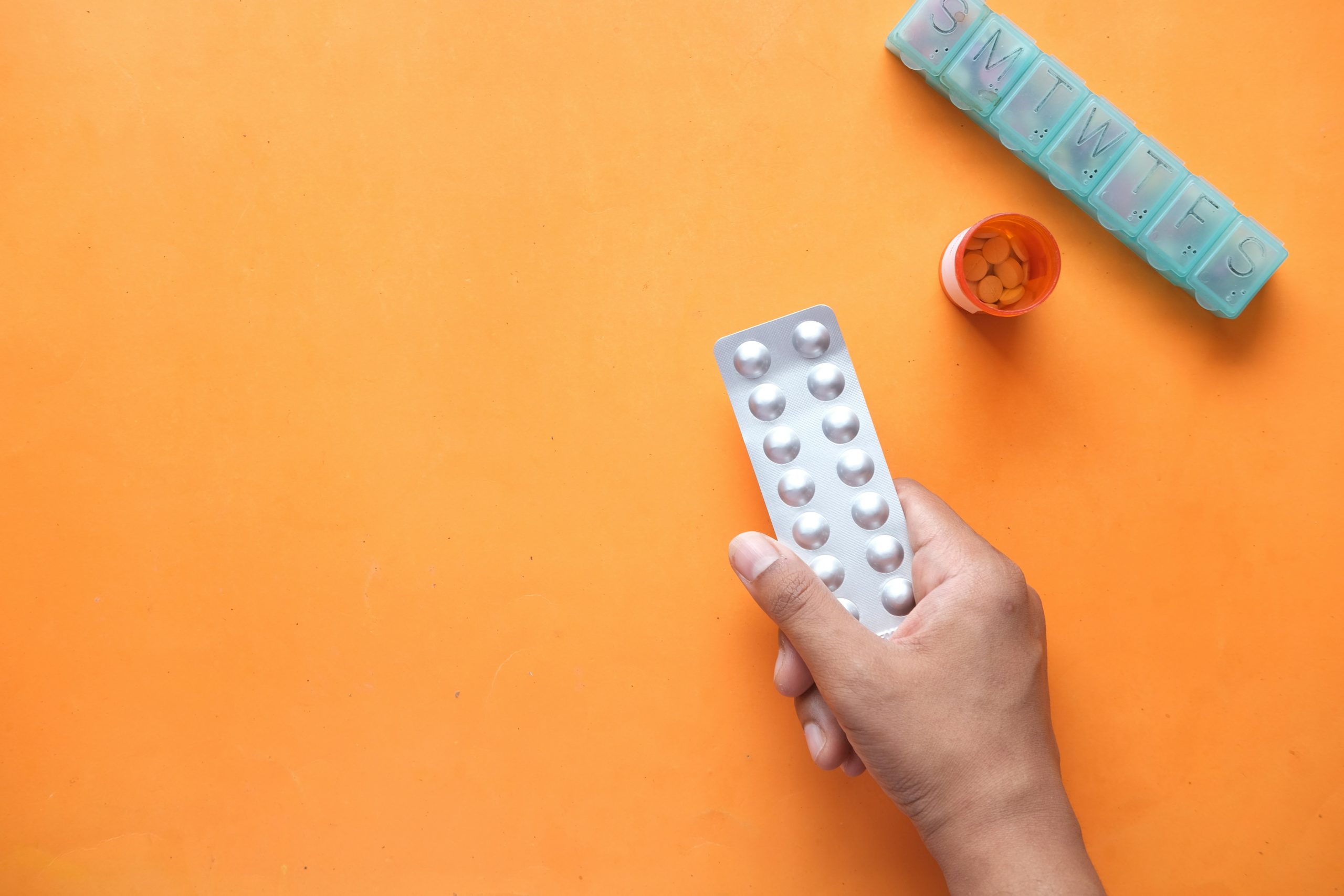Toolkit
The Toolkit is brought to you by Virginia Commonwealth University, the Wright Center for Clinical and Translational Research, and the Virginia Opioid Abatement Authority.
The overall purpose of the Toolkit is to provide guidance to cities and counties in Virginia on evidence-based activities for prevention and treatment of opioid use disorder that could be supported by Opioid Abatement funds.
Below are nine key strategies to help you in your efforts to address opioid overdoses in your community. Two key points related to these nine strategies to keep in mind when selecting strategies to support your use of Opioid Abatement Authority funds:
- The direct impact of these activities on reducing drug overdose deaths are not the same. For example, naloxone distribution and medications to treat opioid use disorder have been shown to have a significant direct impact on reducing mortality. Prevention strategies and research are important but may not have an immediate impact.
- Your choice of activities should also be driven by your communities’ needs and the existing resources.
Strategies
Nine core abatement strategies
These activities are based on the nine core abatement strategies from the Primer on Spending Funds from the Opioid Litigation: A Guide for State and Local Decision Makers (Johns Hopkins Bloomberg School of Public Health).
Broaden access to naloxone
Naloxone is a life-saving medication that has the capability to reverse opioid overdose.
Increase use of medications to treat opioid use disorder
Medications for Opioid Use Disorder (MOUD), such as methadone and buprenorphine, help reduce cravings and withdrawal symptoms from opioid use disorder.
Provide treatment and supports during pregnancy and the postpartum period
Access to treatment and support are essential to address the unique challenges faced by pregnant people with opioid use disorder.
Expand services for neonatal opioid withdrawal syndrome
Neonatal Opioid Withdrawal Syndrome (NOWS) occurs in newborns who were exposed to opioids while in the womb and requires a multi-faceted treatment approach.
Fund warm hand-off programs and recovery services
Warm hand-off and recovery support programs facilitate patient care and timely connections to recovery services.
Improve treatment in jails and prisons
Treatment of substance use disorders for incarcerated persons can reduce rates of reincarceration and overdose death.
Enrich prevention strategies
Prevention strategies can reduce the likelihood that at-risk individuals begin misusing opioids or develop opioid use disorder.
Expand harm reduction programs
Harm reduction is an evidence-based approach to reduce the effects of drug use, which can include overdose prevention, medications for opioid use disorder, and screening for diseases associated with.
Support data collection and research
Evaluating the reach and impact of abatement programs guides resource allocation and future strategies to address opioid mortality.









